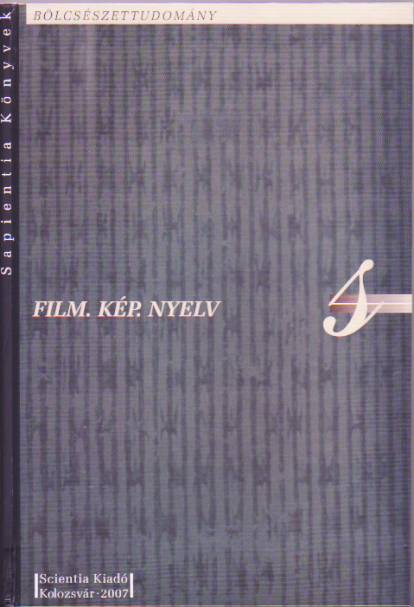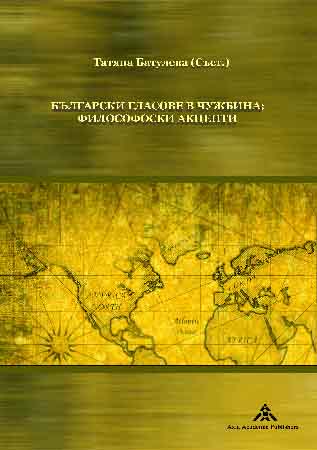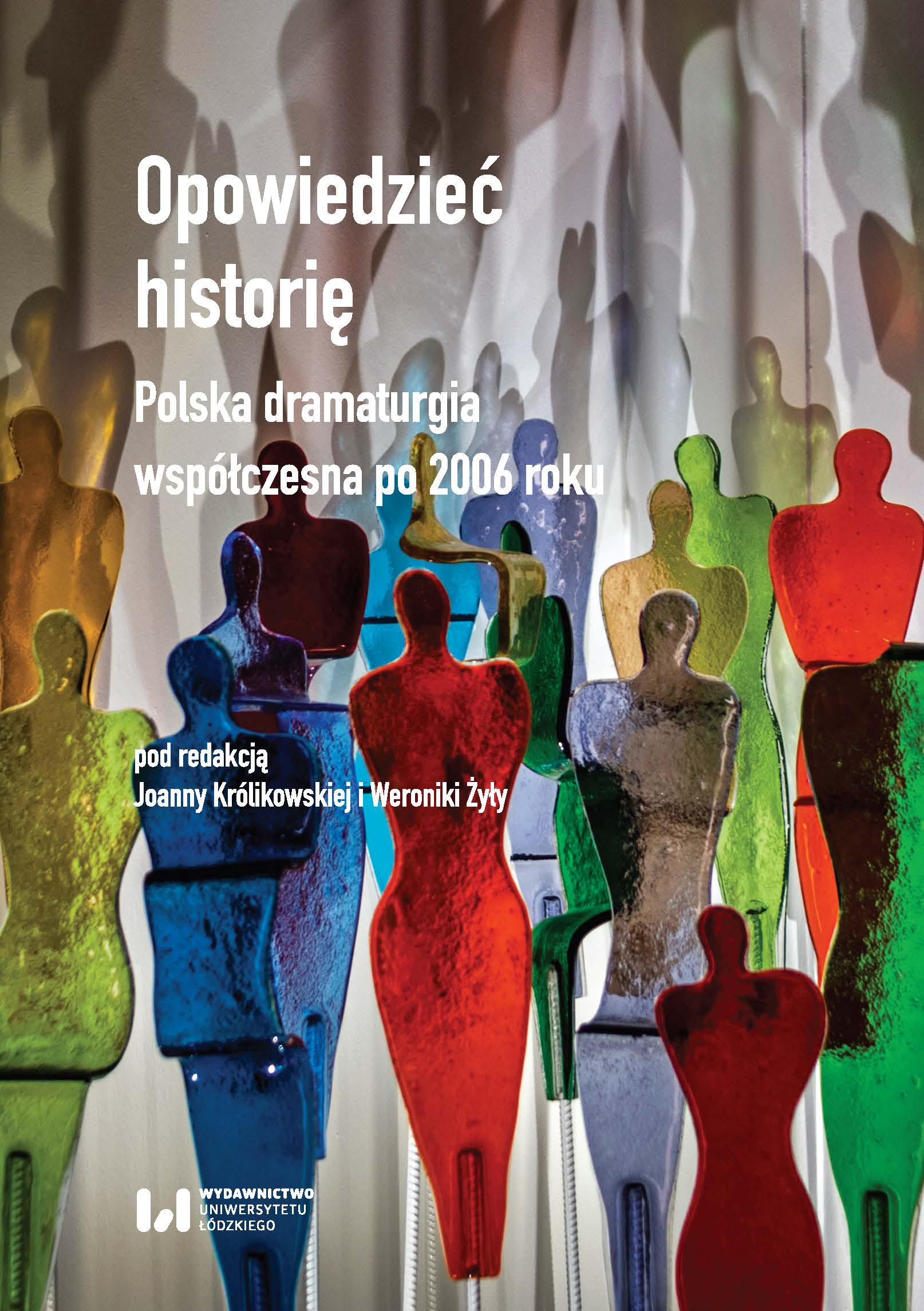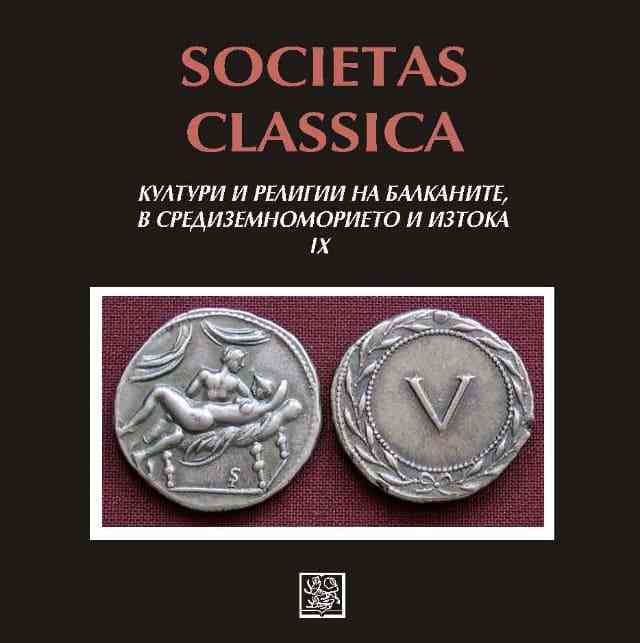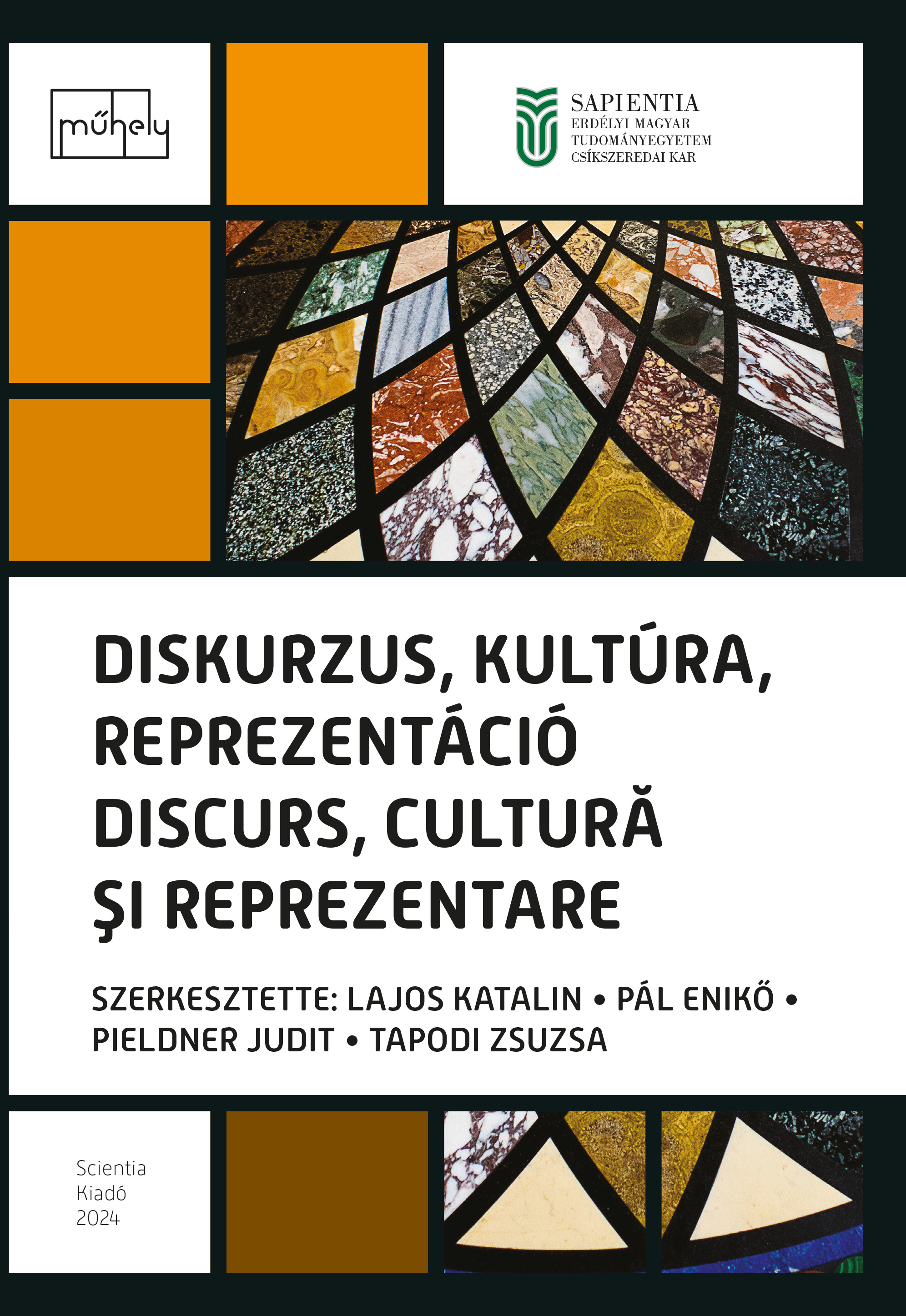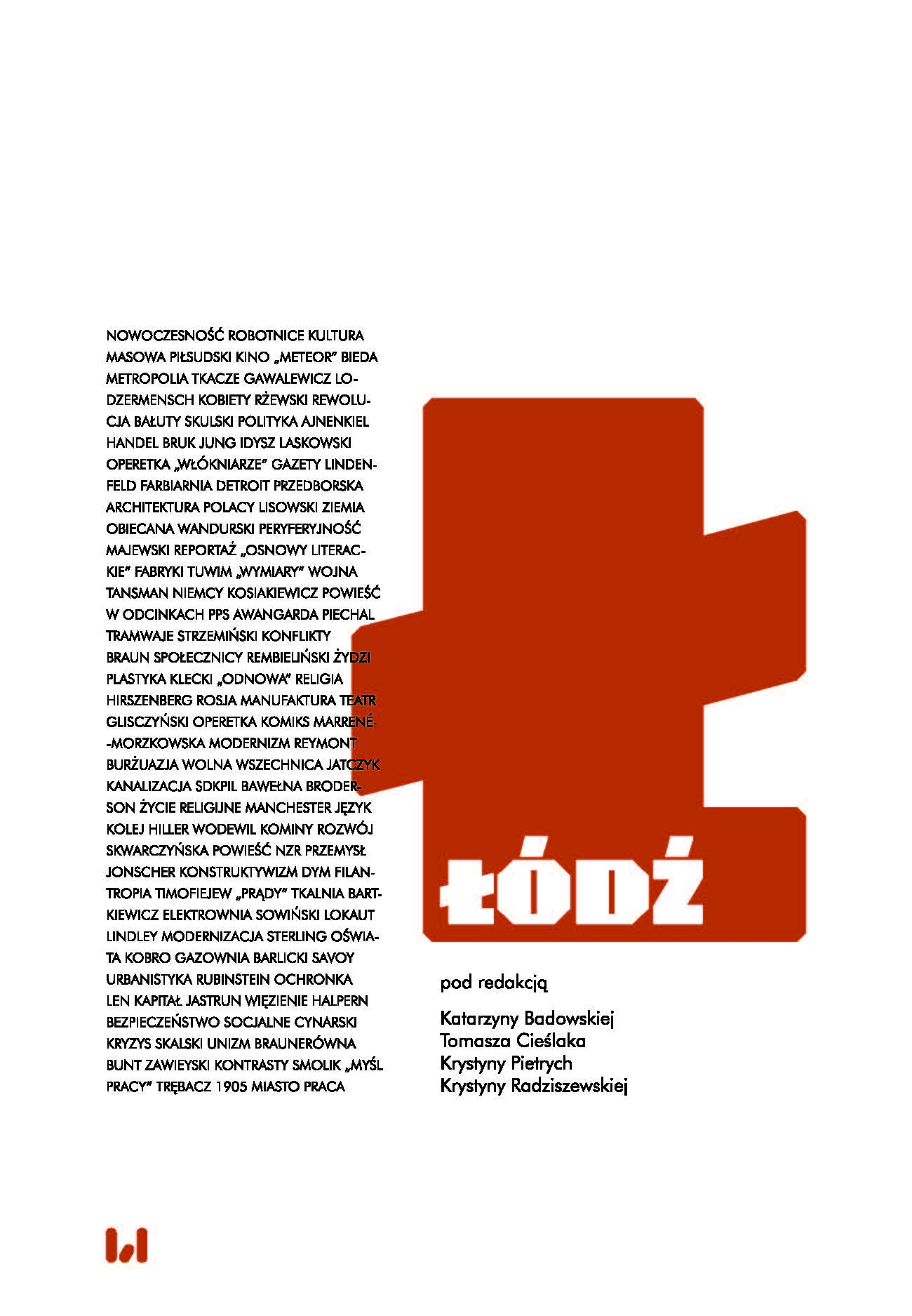Author(s): Zdravka Mihaylova / Language(s): English,Bulgarian
Publication Year: 0
Rebetiko music lies at the intersection of East and West. The “Greek Blues”, as it is often referred to, emerged from the hash dens and prison cells of Greece around the beginning of the 20th century. Through the life story (as presented in the documentary My Sweet Canary directed by Israeli film director Roy Sher) of notable rebetiko singer Roza Eskenazi, a vanished world is evoked and its influences today followed. „Roza Eshkenazi, the most famous singer of 1930s Greece, the Diva of Rebetiko, with her posters displayed in every gramophone store, with her bohemian looks would drive even the toughest men crazy”, asserts Thessaloniki writer Dinos Christianopoulos in his short story ‘Roza’. Roza Eskenazi sang and lived with passion, fire and love. The origins of rebetiko – a musical style emerging in urban surroundings typical for commercially developed port cities (and distantly related to Buenos Aires milongas and ‘blatnye’ songs of the Odessa underworld), is inextricably related to the cultural and economic progress of Smyrna during the mid-to late 19th century. Rebetiko music as it evolved in this cosmopolitan city received both western and Oriental influences: Italianate mandolin ensembles and violin solos, as well as indigenous instrumentation (santouri, oud) characteristic of the Levant. In the wake of traumatic 1914–1922 events culminating in the Asia Minor Catastrophe, these songs were brought by Greek Orthodox refugees to almost all the major urban areas of metropolitan Greece, especially Athens, Piraeus and Thessaloniki, and also flourished amongst the remaining Greeks of Constantinople. Rebetiko music also accompanied Greek emigrants overseas, particularly to America, leaving a valuable legacy of unique archival recordings from the 1920s and 1930s. The paper will trace the history of rebetiko studies by ethnomusicologists, such as the Greek intellectual Ilias Petropoulos, and the Australian researcher Gail Holst who spent years in Greece amongst rebetiko musicians playing with them. Light will be shed upon the main music instruments used in rebetiko ensembles, places where this music was performed, the social impact of the rebetic way of life and the reaction of mainstream society (especially the 1930s Metaxas dictatorship and the military junta 1967–1974) to these musicians’ nonconformist and often underground lifestyle. Roza Eshkenazi’s biography, starting from her Sephardic Jewish origins in Istanbul and Thessaloniki and debut in Athens – where she attained fame by the late 1920s, becoming the most recorded rebetiko performer, with more than 500 sides sung in Greek, Turkish and Ladino – up to the tragic end of her life, will illustrate the history of a music genre still alive and popular in Greece, while gaining ever more admirers in Turkey, Israel, Australia, Germany, the USA, Sweden and elsewhere.
More...
